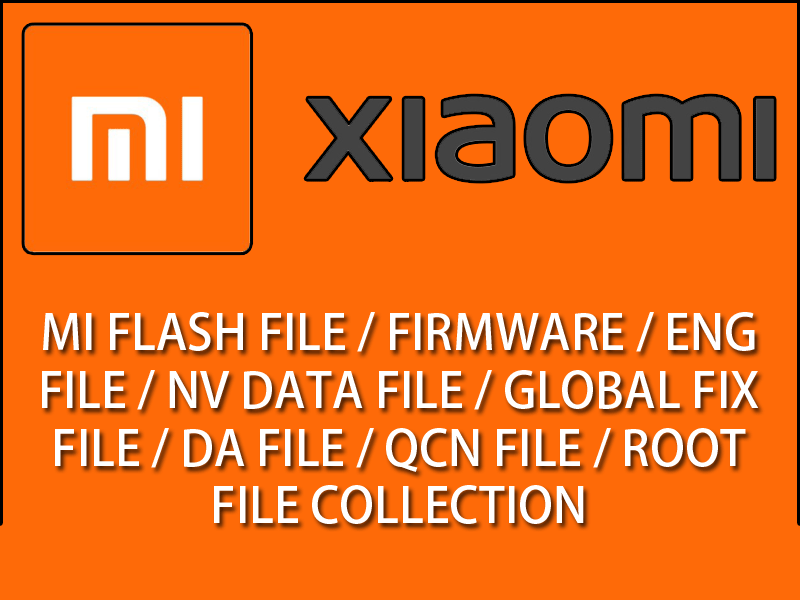Redmi Note 11 5G is a mid-range smartphone that was released in 2022. It has a 6.67-inch AMOLED display with a 120Hz refresh rate, a Qualcomm Snapdragon 695 5G processor, 6GB to 8GB of RAM, and 128GB of storage. It also has a quad-camera system on the back, consisting of a 108MP main sensor, an 8MP ultrawide sensor, a 2MP macro sensor, and a 2MP depth sensor, and a 16MP front-facing camera.
- 6.67-inch AMOLED display with a 120Hz refresh rate: The display is large, bright, and smooth, making it great for watching videos and playing games.
- Qualcomm Snapdragon 695 5G processor: The processor is powerful enough for most everyday tasks, including gaming, and supports 5G connectivity.
- 6GB to 8GB of RAM: The RAM ensures that the phone can run multiple apps smoothly without lagging.
- 128GB of storage: There is enough storage space for most users’ needs.
- Quad-camera system: The quad-camera system on the back is versatile and can take good photos in a variety of lighting conditions.
- 16MP front-facing camera: The front-facing camera is good for taking selfies and video calls.
- 5000mAh battery: The battery is large enough to last a full day on a single charge, even with moderate use.
- 67W fast charging: The phone supports 67W fast charging, which can quickly charge the battery from 0% to 50% in about 15 minutes.
- MIUI 13 based on Android 11: The phone runs on MIUI 13, a custom version of Android that is feature-rich and easy to use.
How to Flash Qualcomm Snapdragon CPU :
Flashing a Qualcomm Snapdragon CPU-based device typically involves the use of tools like Qualcomm Flash Image Loader (QFIL) or MSM Download Tool. Here’s a general guide on how to flash a Qualcomm Snapdragon CPU-based device:
1. **Download Required Files:**
– Download and install Qualcomm USB drivers on your computer. These drivers are necessary for your computer to recognize your Qualcomm Snapdragon device in EDL (Emergency Download) mode.
– Download the specific firmware intended for your device model. Ensure it’s compatible and meant for flashing through Qualcomm flashing tools.
– Download Qualcomm Flash Image Loader (QFIL) or MSM Download Tool compatible with your computer’s operating system.
2. **Install Qualcomm USB Drivers:**
– Install the Qualcomm USB drivers on your computer. Follow the installation instructions provided by the driver package.
3. **Extract Firmware:**
– Extract the firmware file you downloaded earlier to a location on your computer. This firmware typically comes in a compressed format like ZIP or RAR.
4. **Launch Flashing Tool:**
– Open Qualcomm Flash Image Loader (QFIL) or MSM Download Tool on your computer. These tools are typically executable files (.exe).
5. **Prepare Your Device:**
– Power off your device completely.
6. **Boot Device into EDL Mode:**
– Qualcomm Snapdragon devices usually have different methods to enter EDL mode, such as using specific key combinations or using fastboot commands. Refer to the specific instructions for your device model to enter EDL mode. Common methods include:
– Using specific key combinations (e.g., holding volume keys while connecting USB cable).
– Using fastboot commands (if supported by your device).
7. **Connect Device to Computer:**
– Connect your device to your computer using a compatible USB cable while it’s in EDL mode. Ensure your device is powered off before connecting.
8. **Load Firmware:**
– In Qualcomm Flash Image Loader (QFIL) or MSM Download Tool, locate and select the firmware files you extracted earlier. These files usually include rawprogram0.xml, patch0.xml, and other firmware files.
9. **Begin Flashing:**
– In the flashing tool, click on the “Download” or “Start” button to initiate the flashing process.
– The flashing tool will begin flashing the firmware onto your device. The progress will be displayed on the screen.
10. **Flashing Completion:**
– Once the flashing process is complete, you should see a success message in the flashing tool.
– Safely disconnect your device from the computer.
11. **Boot Device into System:**
– You can now boot your device into the system. It might take a while to boot up for the first time after flashing.
12. **Final Checks:**
– After booting up, perform a factory reset on your device for optimal performance.
– Verify that the device is functioning correctly and that the new firmware has been successfully flashed.
It’s important to note that flashing firmware on a device carries risks and should be done carefully. Ensure you have the correct firmware for your device model and follow the instructions precisely to avoid bricking your device. Additionally, flashing custom firmware may void your device warranty.
Download Redmi note 11 5g (evergo) Repair IMEI Original
Redmi note 11 5g (evergo) Repair IMEI Original
Join Our Telegram Group. If you have any problems then comment below or message us. We try our best to help you. If you found this post and our site helpful then Dont forget to like and share our page.
Please Follow these Before Flashing :
▶️ Disclaimer: Firmware flashing is not an easy process and should be carried out only if you have enough knowledge. We are not responsible for any damage/ dead to your device.
▶️ Take a Backup: If you are going to flash the above firmware on your Lava device, then make sure to take a backup of your data as it will be deleted after flashing the stock firmware.
▶️ Download and Install the Proper Drivers and Tools required before flashing.
▶️ If You Need Any Other Firmware or Flash File, Let Us Know.


